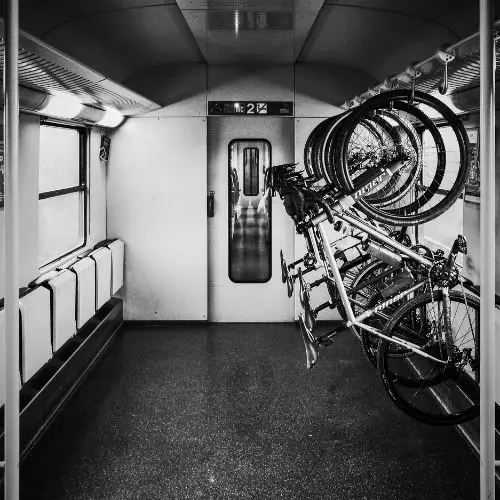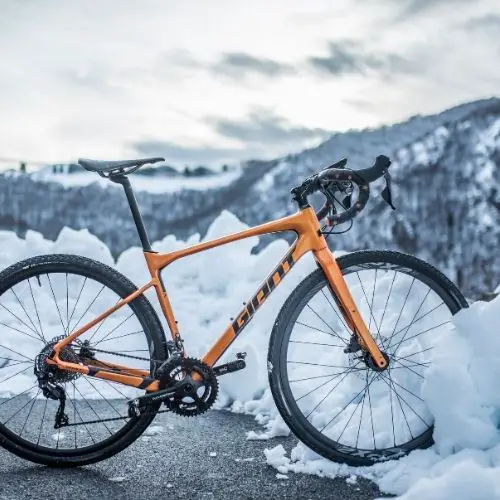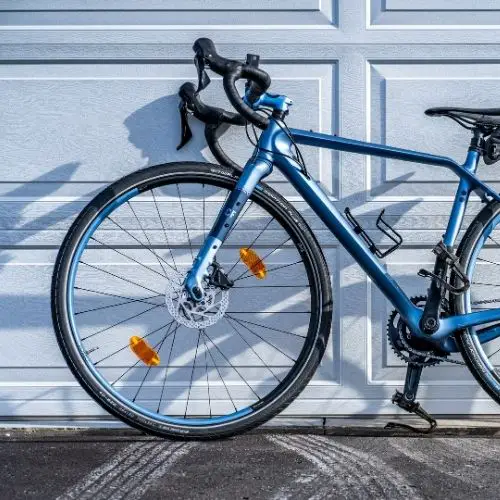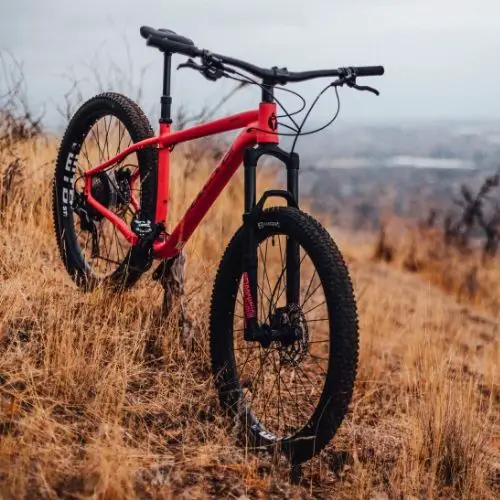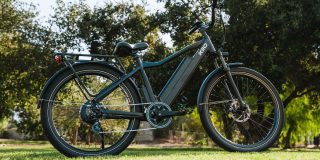Whether you are a beginner or seasoned cyclist, the sheer number of gears on modern bikes can be overwhelming.
Remember gears are there to help you build up speed, maintain momentum and achieve maximum pedalling efficiency, without putting too much pressure on your joints and muscles.
However, with so many cogs, how do you know what gear to shift/change into when the terrain starts changing?
Pro Tip: The nearer your chain is to the bike, the easier it is to spin the pedals.

When to shift to a lower gear
You should shift to a lower gear, when you need less resistance and a higher cadence. Making it perfect for climbing.
If your chain is on the smallest chainring on the front and largest cog on your cassette, you are in your lowest gear. There is little resistance and it is perfect for when you are climbing.
As you approach a hill, you should downshift on your front chainring (usually your left-hand shifter) before you start climbing.
You do not want to risk your chain coming off just as you start a grueling climb. It is also “easier” on your legs if you set your cadence at the start of the climb and maintain your chosen gear for as long as possible.
Try not to drop to your lowest gear too early on in the climb, it is good to have the safety net of at least one more downshift before you reach the summit.
When to shift to a higher gear
Shifting to a higher gear gives you more resistance, and a lower cadence. This is perfect for higher speeds.
When your chain is on the largest chainring upfront and the smallest cog on your cassette on the back (furthest away from your bike) you are in your highest gear. This gear is perfect for descending.
Once you have built up speed on a decent, shift up your gears until you can finally start feeling resistance and you can tell that your pedalling is contributing to your speed and you are not just spinning your legs wildly for no benefit.
For those that do not live in a mountain range (let’s be honest most of us). You should aim to shift down when you are coming to a stop, such as pulling up at traffic lights.
A lower gear will help you accelerate. Once you have built up some momentum increases the resistance by changing up.
Conclusion
Practice makes perfect, the best way to figure out when you should shift/change gears on a bike is by spending time out on your bike and playing around with your gears on different terrains.
Enjoy the ride!

